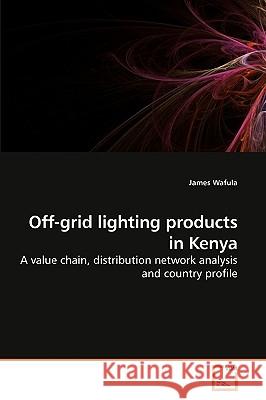Off-grid lighting products in Kenya » książka
Off-grid lighting products in Kenya
ISBN-13: 9783639242744 / Angielski / Miękka / 2010 / 60 str.
Less than 20% of Kenyas population is connected to the grid. Only 5% of the countrys rural population, which accounts for over 70% of the total population enjoys electricity connectivity. To compensate for this deficiency in rural areas, kerosene has been the preferred choice for lighting. Kerosene is used in approximately 92% of all households. Because it is viewed as a poor mans commodity and in an effort to reduce deforestation associated with the wide use of fuel wood, kerosene is exempt from some taxes as compared with other petroleum products. Even though it is much cheaper than most of the other petroleum products, the distribution and retailing facilities are inadequate. This leads to very high mark-up prices, sometimes as much as 300% in remote areas. Off-grid lighting products such as LED lights are poised to play a pivotal role in the transformation of the lighting scenario in the rural areas of the developing world. This book looks into the Value Chain and Distribution Networks associated with off-grid products and further sheds light on the Institutions and Policies that have been put in place to enhance the uptake of these products.











